Comebackers
10,000 Birds
SEPTEMBER 9, 2014
Alaska’s long-lining fleet now must have bird-deterrent measures in place, which means a lot more Laysan, Black-footed and Short-tailed Albatross are not being injured or drowned in fishing gear. Aleutian Cackling Geese on Buldir Island, Alaska, where they made their final stand. is on a boat in the Aleutian chain.

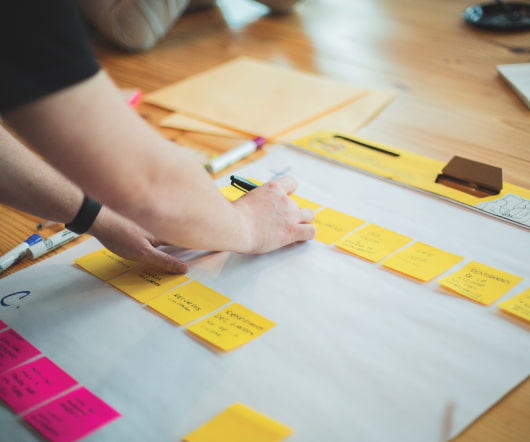

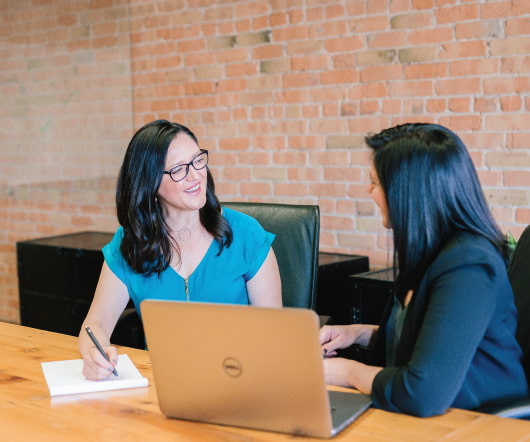
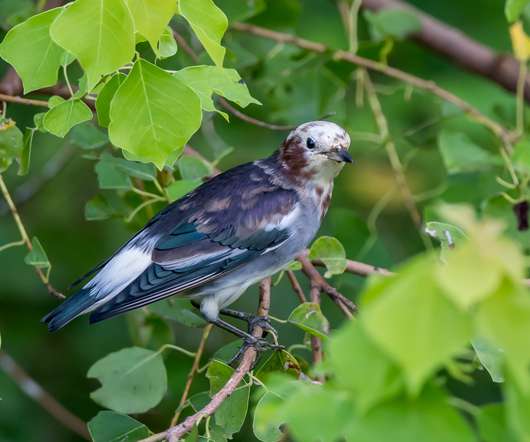


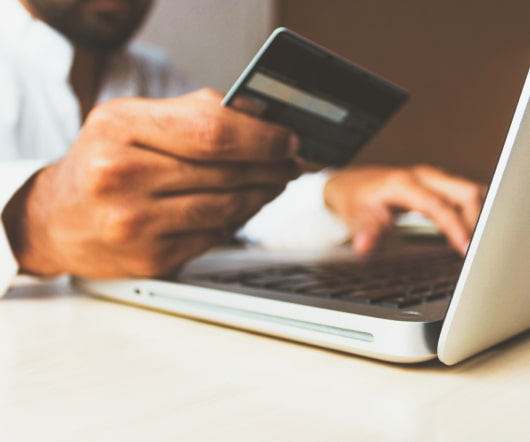
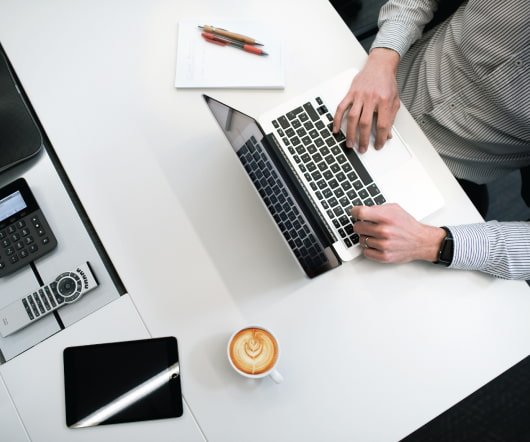


















Let's personalize your content